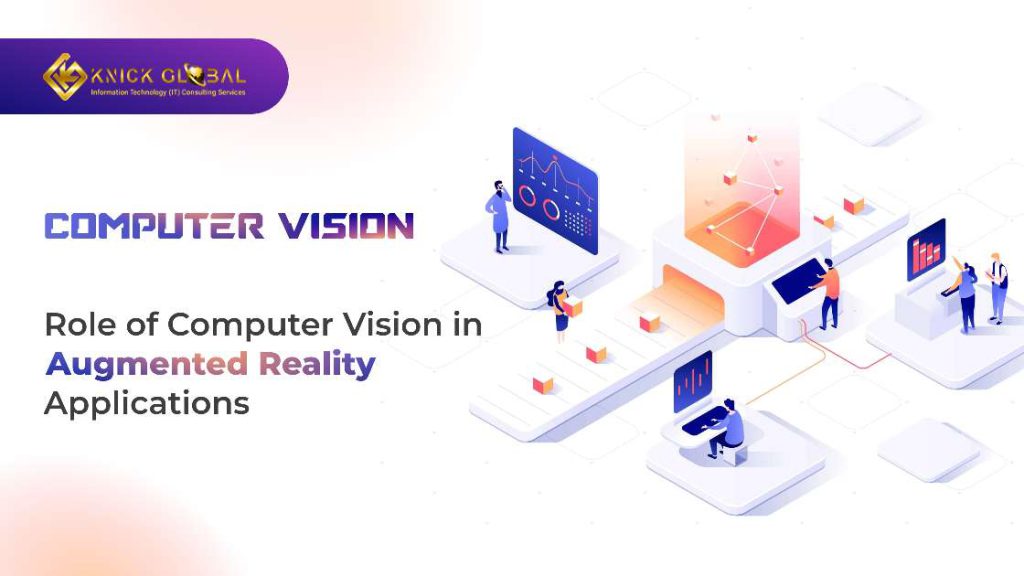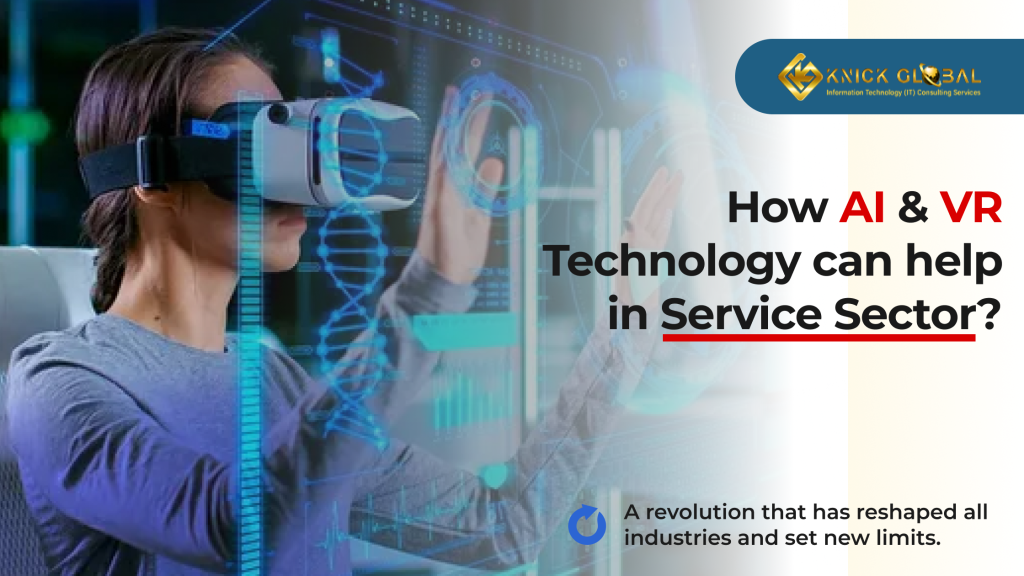What Is VR Simulation How It Will Be Helpful for the Service Industry?
In the ever-evolving landscape of technology, Virtual Reality (VR) stands out as a game-changer, particularly in the service industry. This immersive technology is reshaping how businesses train employees, engage customers, and streamline operations. As VR continues to advance, tools like the Apple Vision Pro are making waves, offering unparalleled experiences that redefine the boundaries of virtual interaction. This blog will delve into what VR simulation is, explore its applications in the service industry, and highlight how innovative VR technology is driving transformation. Let’s embark on a journey through the virtual world and discover how it can revolutionize your business. What is VR Simulation? VR simulation is an advanced technology that creates highly immersive digital environments, allowing users to interact with and explore virtual spaces as if they were real. This is achieved through a combination of sophisticated hardware and software. The core of VR simulation lies in its ability to generate a three-dimensional (3D) experience that feels tangible and interactive. How Does It Work? At its heart, VR simulation relies on specialized hardware like VR headsets and motion controllers. These devices track users’ movements and translate them into the virtual environment. For instance, the Apple Vision Pro, a leading-edge VR headset, enhances this experience by offering high-resolution visuals, spatial audio, and precise motion tracking. This advanced Apple Vision Pro VR Technology ensures that every movement and gesture is seamlessly integrated into the virtual world. The software behind VR simulations includes complex 3D modeling and real-time rendering techniques. This software creates lifelike environments and interactions, allowing users to engage with virtual objects and scenarios as if they were physically present. The result is an immersive experience that is not only visually stunning but also incredibly interactive. Applications of VR Simulation in the Service Industry Customer Service Training Traditional training methods often fall short of preparing employees for real-world scenarios. VR simulation addresses this gap by providing a controlled, yet realistic, training environment. For example, VR can simulate customer interactions, allowing employees to practice handling various customer service situations—from managing difficult clients to navigating complex service protocols. This hands-on approach enhances learning and retention, ensuring that staff are well-prepared for their roles. Virtual Tours Imagine offering potential customers a tour of your property or service offering without them having to leave their homes. VR technology makes this possible by providing immersive virtual tours. Whether it’s a hotel, a real estate property, or a retail store, VR can create a detailed virtual representation that allows customers to explore and experience the space interactively. The Apple Vision Pro in the Service Industry with VR technology, with its high-resolution displays and precise spatial tracking, takes this experience to a new level, offering a sense of presence that traditional photos and videos simply can’t match. Health and Safety Training Safety training is crucial in many service industries, but traditional methods can be limited in scope and effectiveness. VR simulations offer a safer and more engaging alternative. By creating virtual scenarios that mimic real-life emergencies or safety hazards, businesses can train employees in emergency procedures, safety protocols, and compliance requirements. This not only enhances preparedness but also helps in reducing the risks associated with on-the-job training. Enhanced Customer Experience VR simulation is not just about training—it’s also about enhancing the customer experience. Businesses can use VR to create interactive experiences that engage customers in innovative ways. For example, a retail store might use VR to let customers virtually try on clothes or test out products before making a purchase. This level of interaction not only captivates customers but also drives higher engagement and satisfaction. Benefits of VR Simulation for the Service Industry Improved Training Efficiency One of the most significant benefits of VR simulation is its ability to improve training efficiency. Traditional training methods can be time-consuming and costly, often requiring physical resources and extensive preparation. VR simulation streamlines this process by providing a virtual training environment that can be accessed anytime, anywhere. This not only reduces the cost associated with physical training setups but also accelerates the learning curve by offering hands-on experience in a controlled setting. Cost-Effective Solutions Implementing VR simulation can be a cost-effective solution for businesses. By reducing the need for physical training materials and minimizing the risk of errors, VR helps cut down on training costs. Additionally, the ability to simulate complex scenarios without the need for physical resources means that businesses can achieve more with less. This efficiency makes VR an attractive option for companies looking to optimize their training processes. Enhanced Customer Engagement In an increasingly competitive market, engaging customers in meaningful ways is crucial. VR simulation offers a unique opportunity to captivate customers through immersive experiences. By integrating VR into customer interactions, businesses can create memorable experiences that stand out from the competition. Whether it’s a virtual product demo or an interactive brand experience, VR provides a platform for engaging customers on a deeper level. Scalability and Flexibility The scalability of VR solutions makes them suitable for businesses of all sizes. From small startups to large enterprises, VR simulation can be adapted to meet specific needs and goals. Additionally, the flexibility of VR technology allows businesses to update and modify simulations as required, ensuring that training and customer experiences remain relevant and effective. Future of VR Simulation in the Service Industry Emerging Trends: As VR technology continues to advance, new trends are emerging that promise to revolutionize the service industry further. Innovations such as augmented reality (AR) integration, improved haptic feedback, and enhanced spatial computing are expected to push the boundaries of what VR can achieve. These advancements will provide even more immersive and interactive experiences, making VR an indispensable tool for businesses. Potential Challenges: Despite its many benefits, implementing VR simulation does come with challenges. The initial cost of VR hardware and software can be significant, and businesses may need to invest in training and support to ensure successful adoption. Additionally, integrating VR solutions into existing systems and workflows may require careful planning and coordination. Conclusion VR







